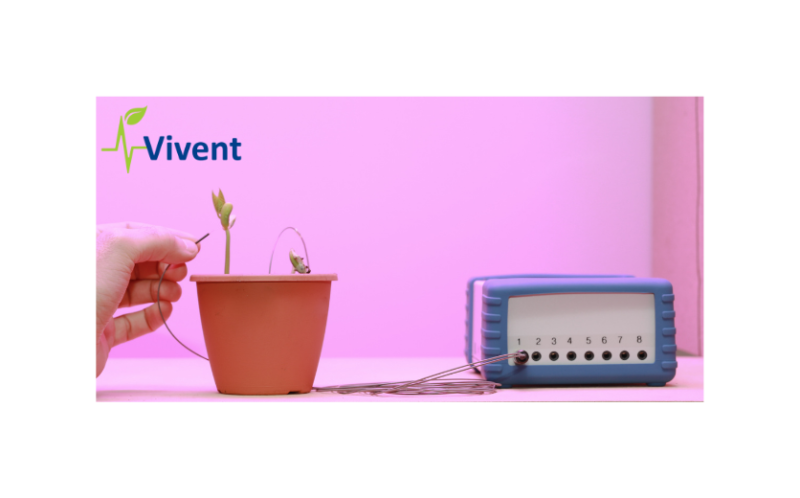
A joint research project between Bayer and Vivent has shown that electrophysiology can be used to detect physiological activity of plant defense inducers (PDI) in a non-destructive way.
Gland, 29th March 2022 – Modern crop protection practices combine classical disease control with plant resistance induction to various biotic and abiotic stresses. Such stresses might be plant pathogens or extreme weather conditions including drought or heat. One way to induce plant resistance to crop diseases is the use of biological or synthetic solutions, so called plant defense inducers (PDI). Various biochemical and molecular biological assays have been developed during the 1990s to discover new structures and profiles from known classes of defense inducers.1 However, a fast and non-destructive method to detect physiological activity in-plant soon after treatment would be very helpful for research purposes. Such a method would also help growers to assure that their latest application had the desired effect and to see whether their crop has upregulated its defense mechanisms and pathways.
Bayer and Vivent, the Swiss plant electrophysiology specialist, teamed up last year to investigate whether the state of activation of plant defense mechanisms after application of PDI could be reliably detected. Analyses of electrophysiological recordings performed on greenhouse tomato plants indicate that PDI might stimulate a reaction within 48 hours after treatment. This result was much faster than could be detected with any non-destructive methodology.
In more detail, this type of recordings typically shows a stable diurnal-rhythm, with clear differences between day and night. This rhythm was comparable between control and treated plants until 48 hours after treatment, whereafter the treated plants displayed increased rhythm variations by more than 20%. The peak activity level for the applied PDI occurred 5 days after treatment, where treated plants showed up to 40% more variation in their electrophysiological signals than the control plants. Results also showed that the tested PDI remained active at a high level for a certain period of days. Future experiments should determine when the effectiveness of the PDI decreases and eventually ceases. In the practical use this could give the researcher or farmer information on the necessity of another treatment if disease or adverse environmental conditions are still a challenge.
Carrol Plummer, CEO of Vivent, commented: “This study suggests that the effectiveness of environmentally preferable products can be measured almost immediately. If the molecule works then everything is good. If it hasn’t worked the grower knows immediately and can either re-apply or try a different product”.
Dr. Sybille Lamprecht, Lab Leader Profiling Horticulture from Bayer’s Crop Science Research and Development Division said: “We were surprised and delighted by these results. Plant electrophysiology can effectively distinguish those plants where the PDI has been effective. We are very interested to see how this technology can help both in our research efforts and on the farm.”





